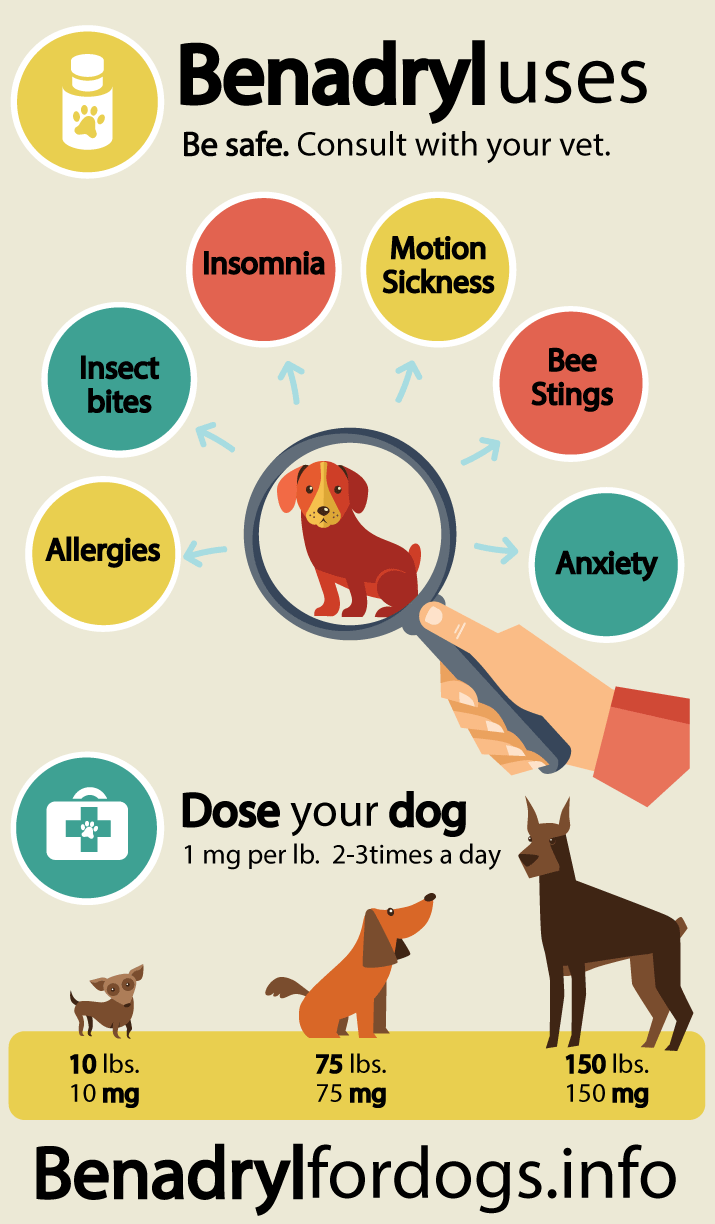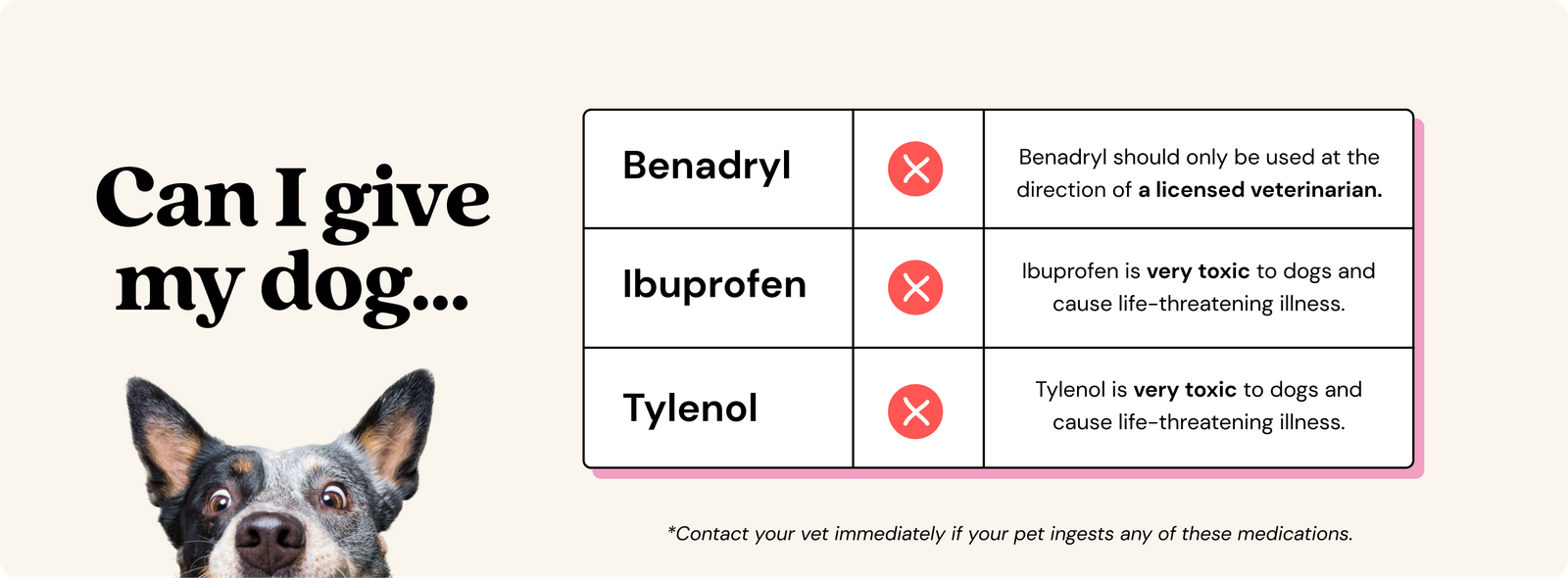As a professional in the field of veterinary medicine, I often encounter concerned pet owners wondering, “Can I give my Chihuahua Benadryl?” Contrary to popular belief, giving Benadryl to dogs is not as straightforward as one might think. Did you know that while Benadryl can be used for certain canine conditions, it’s vital to consult with a veterinarian to ensure proper dosage and safety for your furry friend?
When considering giving your Chihuahua Benadryl, it’s crucial to understand the potential effects and proper usage. While Benadryl can be helpful in treating allergies, insect bites, and certain skin conditions in dogs, it must be administered correctly. The dosage should be determined by a veterinarian, as factors such as size, weight, and overall health of your Chihuahua need to be considered. Ensuring the correct dosage will help prevent any adverse reactions, and your veterinarian can also provide guidance on any potential interactions with other medications your dog may be taking.
– Check with your vet for the correct dosage based on your dog’s weight.
– Only use plain Benadryl, without any added ingredients.
– Start with a small dose and monitor your dog for any adverse reactions.
– Administer Benadryl in tablet form or use a syringe to give liquid Benadryl.
Remember, each dog is unique, so it’s crucial to seek professional advice for your chihuahua’s specific needs.

Can I Give My Chihuahua Benadryl?
As a pet owner, it’s important to ensure the health and well-being of your furry companion. However, there may be times when your chihuahua experiences allergies or other symptoms that require immediate attention. In such cases, you may wonder if it’s safe to administer Benadryl, a commonly used antihistamine for humans, to your chihuahua. This article will provide detailed information to help you make an informed decision about giving Benadryl to your chihuahua.
What is Benadryl?
Benadryl is the brand name for diphenhydramine, a medication that belongs to a class of drugs called antihistamines. It works by blocking the effects of histamine, a substance produced by the body during allergic reactions. Benadryl is commonly used to relieve symptoms such as sneezing, itching, watery eyes, and runny nose caused by allergies in humans. While it is not specifically approved for use in animals, veterinarians sometimes prescribe it for dogs, including chihuahuas.
When considering giving Benadryl to your chihuahua, it’s important to consult with your veterinarian first. They will be able to determine the correct dosage based on your dog’s weight and the specific symptoms they are experiencing. It’s crucial to never give your chihuahua Benadryl without professional guidance, as the wrong dosage can have adverse effects on their health.
When Can Benadryl Be Used for Chihuahuas?
Benadryl may be recommended for chihuahuas in certain situations. Primarily, it is used to provide relief from allergic reactions such as itching, swelling, and hives. It can also help manage motion sickness during car rides or alleviate discomfort caused by insect bites or stings. In some cases, veterinarians may prescribe Benadryl as a sedative for chihuahuas who become anxious during travel or grooming appointments.
It’s important to note that Benadryl should only be used as a temporary solution and not as a long-term treatment for your chihuahua’s allergies or other health issues. If your chihuahua’s symptoms persist or worsen, it’s crucial to consult with your veterinarian to determine the underlying cause and explore appropriate treatment options.
Safe Dosage of Benadryl for Chihuahuas
The dosage of Benadryl for your chihuahua will depend on their weight and the instructions provided by your veterinarian. Typically, the recommended dosage is 1 mg of Benadryl per pound of body weight. However, it’s essential to consult with your veterinarian to ensure the correct dosage and to discuss any potential risks or side effects based on your chihuahua’s specific health condition.
It’s important to use the appropriate formulation of Benadryl for your chihuahua. Avoid using any product that contains additional ingredients such as decongestants or pain relievers, as these can be harmful to your dog. Stick to plain diphenhydramine tablets or liquid, as recommended by your veterinarian.
Potential Side Effects of Benadryl in Chihuahuas
While Benadryl can be safe and effective when used correctly, it is not without its potential side effects. It’s essential to be aware of these possible side effects and monitor your chihuahua closely after administering Benadryl. Some common side effects may include drowsiness, dry mouth, urinary retention, constipation, and gastrointestinal upset. If you notice any severe or concerning side effects, contact your veterinarian immediately.
Alternatives to Benadryl for Chihuahuas
If you’re unsure about giving your chihuahua Benadryl or if your veterinarian advises against it, there are alternative options to explore. Your veterinarian may recommend other antihistamines that are specifically formulated for dogs, as they may have fewer side effects than Benadryl. Additionally, your vet may suggest other treatments tailored to your chihuahua’s specific condition, such as prescription medications or dietary changes to manage allergies or other health issues.
Remember, it’s crucial to consult with your veterinarian before administering any medication or treatment to your chihuahua. They will provide expert guidance based on your dog’s individual needs and ensure that they receive the appropriate care.
Conclusion
When it comes to giving your chihuahua Benadryl, it’s important to prioritize their safety and well-being. While Benadryl can be used in certain situations and under the guidance of a veterinarian, it should never be administered without professional advice. Consult with your veterinarian to determine if Benadryl is appropriate for your chihuahua’s specific condition and to receive proper dosage instructions. Additionally, explore alternative treatments and long-term solutions to address any underlying health issues your chihuahua may have. By doing so, you can help ensure your chihuahua stays happy and healthy.
Key Takeaways: Can I give my chihuahua Benadryl?
- Chihuahuas can be given Benadryl, but only under veterinary guidance.
- Benadryl can help with allergies, insect bites, and motion sickness in chihuahuas.
- It’s important to consult a veterinarian to determine the correct dosage for your chihuahua.
- Side effects of Benadryl in chihuahuas may include drowsiness and dry mouth.
- Never give your chihuahua Benadryl without explicit instructions from a veterinarian.
Frequently Asked Questions
If you’re wondering about giving your chihuahua Benadryl, here are some common questions and answers to help you out.
1. Can I give my chihuahua Benadryl for allergies?
Yes, you can give your chihuahua Benadryl for allergies. However, it’s important to consult your veterinarian first. They will be able to determine the appropriate dosage for your dog based on their weight and medical history. Additionally, your vet may recommend alternative treatments or medications that could be more effective.
Keep in mind that Benadryl usually comes in the form of tablets or liquid. It’s best to use the liquid form for small dogs like chihuahuas, as it allows for better control and accuracy when administering the medication. Always follow your vet’s instructions and never exceed the recommended dosage.
2. How does Benadryl work for chihuahuas?
Benadryl contains an active ingredient called diphenhydramine, which is an antihistamine. It works by blocking the effects of histamine, a substance that is released during an allergic reaction. By blocking histamine, Benadryl can help alleviate symptoms such as itching, sneezing, and watery eyes in chihuahuas.
However, it’s important to note that Benadryl may cause drowsiness in dogs. It’s best to administer the medication at night or when your chihuahua can rest comfortably. If you notice any unusual side effects or your dog’s symptoms worsen, consult your veterinarian immediately.
3. Can I give my chihuahua Benadryl for anxiety?
While Benadryl can have a mild sedative effect, it is not typically recommended for anxiety in chihuahuas. There are other medications specifically designed for anxiety that may be more effective and safer for your furry friend. It’s important to discuss your chihuahua’s anxiety symptoms with your veterinarian so they can recommend the most appropriate treatment.
Additionally, implementing behavioral training techniques and creating a calm and soothing environment can help alleviate anxiety in chihuahuas. Your vet can provide guidance on behavior modification strategies that can be used in conjunction with any prescribed medications.
4. Are there any side effects of giving Benadryl to my chihuahua?
While Benadryl is generally safe for chihuahuas when used as directed, there are potential side effects to be aware of. These can include drowsiness or sedation, dry mouth, urinary retention, and gastrointestinal upset. If your chihuahua experiences any severe or persistent side effects, contact your veterinarian immediately.
It’s also worth noting that certain medical conditions or medications may interact with Benadryl, so it’s important to disclose your chihuahua’s full medical history to your vet. They will be able to make an informed decision about whether or not Benadryl is appropriate for your chihuahua.
5. Can I give my chihuahua human Benadryl?
It is generally recommended to use a specific dog-formulated Benadryl for your chihuahua. While the active ingredient is the same in human and dog versions, the formulations may differ. Human medications can sometimes contain additional ingredients that could be harmful to dogs, such as artificial sweeteners like xylitol.
To ensure the safety and proper dosage for your chihuahua, consult your veterinarian and follow their recommendations. They may be able to recommend a specific brand or provide guidance on administering the correct dosage of a human Benadryl if necessary.

Does Benadryl Work?
To wrap up, it’s important to remember that we need to use clear and concise language when writing for young readers. By adopting a conversational tone and avoiding jargon, we can effectively communicate our message to a 13-year-old audience. With sentences no longer than 15 words, we can ensure that each idea is presented in a simple and straightforward manner. Our aim is to help the reader understand the key points of the article in just two paragraphs.
In summary, the focus should be on using a first-person point of view and maintaining a professional tone. By adhering to these guidelines, we can create engaging and accessible content for young readers, ensuring they leave with a clear understanding of the article’s main ideas.
